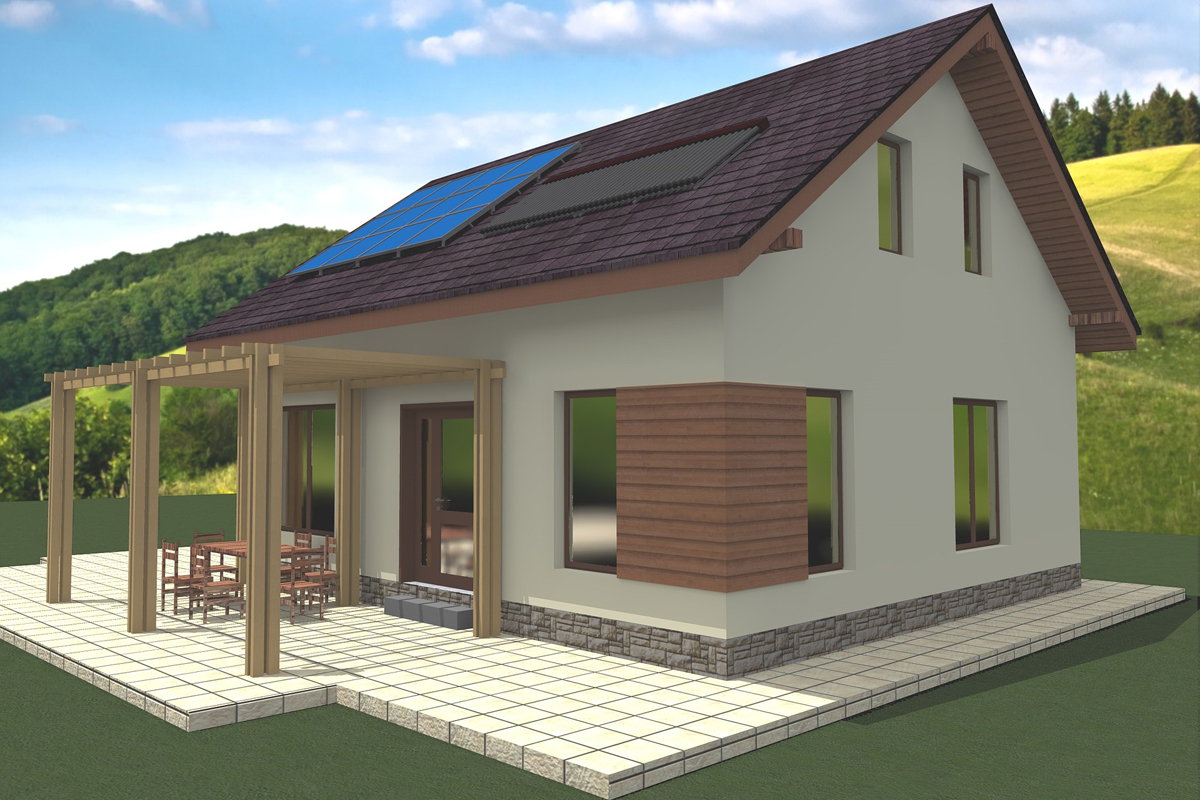“There just aren’t enough houses …”
I explained to my sister with whom I often disagree on this subject. I understand why she feels the way she does. It is because of the stories the media chooses to run that almost always make homelessness look like a choice or the end result of a serious character flaw. I know what she’s thinking of course. She’s my sister after all. So, before she gets out her meme catalog full of false stories to throw at me, I respond.
“Even if they all had the ability and they all got jobs and the jobs paid well, there still aren’t enough houses.”
“Really?” she sighs, finding it hard to believe. “How many more houses would we need?”
“About 7 million,” I say flatly.
She spits out her coffee in shock.
A lot of things have changed in a very short span of time. But lack of affordable housing continues to be the leading cause of homelessness.
Now, with at least 30 million people filing for unemployment benefits and a minimum wage that has refused to budge for decades, the thing we need most in order to keep the economy afloat and free of new homeless cases is affordable housing. It isn’t the only thing we need, but it’s a starting point for sure.
After a long, arduous discussion with my sister, it’s become clear to me that not everyone knows what affordable housing is or why we so desperately need more of it. So, before we talk about the possibility of creating more affordable housing on a mass scale through some pretty innovative techniques, here’s a brief overview of what affordable housing means and how it helps reduce homelessness.
Affordable Housing: What This Term Actually Means
Affordable housing is any residence that costs its owner or renter no more than 30% of their total income. Because this is based on income, what is “affordable housing” for one household might not be considered “affordable housing” for another.
Here’s where things get tricky. The wealthier an individual or family is, the more affordable housing becomes available to them. The fact that affordable housing is increasingly less available to many American citizens serves as proof of things like:
- Lower wages
- Wage stagnation
- Higher unemployment rates
- An ever-widening wealth gap
To be clear, affordable housing isn’t always interchangeable with low-income housing. That only happens when the average national income is low. As is the case now. Here are some stats to support this fact:
- Prior to the pandemic, approximately one in 10 Americans were already considered low income earners
- Since then, poverty levels have skyrocketed, with pre-pandemic numbers of impoverished, non-elderly individuals being 51 million in February and rising to 75 million in April then sliding down to 65 million by June
- According to Newsweek, the initial stimulus package rescued about 12.5 million people from the clutches of severe poverty. However, unless things change, that move is just a temporary measure
The following quote, also provided by Newsweek, pretty much sums things up:
“If high unemployment rates persist beyond July 2020, additional income support will be needed to prevent subsequent increases in economic insecurity and hardship.”
Indeed, unemployment rates have persisted beyond July and further financial relief has not been issued.
Due to Economic Hardship, Global Warming, and Shifts in Policies, We Are Losing Affordable Housing Faster Than We Can Replace It
As the economy plunges, what was once considered “affordable housing” for some families is now unaffordable. Additionally, with a record-breaking hurricane season underway as a result of global warming, low to moderately priced residences are being destroyed. Lack of federal aid means they’re not being replaced.
In response, new policies that criminalize homelessness and limit places where affordable housing can be built have come into play. These are just a few reasons why we are rapidly losing affordable homes and therefore need to reimagine our future.
Could 3D Printing be a Plausible Solution to Our Affordable Housing Shortage/ Crisis?
Introducing large-scale 3D printing. The innovative technology is still a far cry from being a staple in American construction but lately, tech-savvy builders have been making some awe-inspiring leaps. These 3D printed houses cost less than some high-end purses and they can be crafted in as little as a day.
There are some drawbacks, however, especially when it comes to size. As of late, most 3D printed homes are way too small to be inhabited. At approximately 350 square feet per home, these structures are comparable to the tiny house movement; a bit of a novelty but not entirely practical for real-life situations. That being said, the future features endless opportunities if 3D printing can go the distance in a short amount of time.
Pros and Cons of 3D Printing for Construction
The art of 3D printing turns to wonder when it intertwines with architecture. Some of the many pros of 3D printed homes include:
- Rapid Pace. Houses can be built in days over weeks rather than years
- Lower Costs. Materials and labor are often much less expensive during the 3D printing process when compared to traditional construction
- Environmentally Friendly. 3D printing cuts waste by 30% and can easily make use of recycled materials which is a win-win for the planet
- Job Production. The 3D printing field is estimated to produce 2-3 million new jobs in the coming seven years
Like everything in life, this new approach to construction is not without its flaws, some of which could be rectified in the future. Here are a few examples:
- Government Codes, Permits, and Limitations. First, the government has yet to agree on public safety codes for 3D printing. Secondly, the government has recently put even more restrictions on where affordable houses are allowed to be built
- Size. In order for the effort to pay off, much larger dwelling spaces would need to be mass-produced
- Job Destruction. The verdict is still out on whether 3D printing will create more jobs than it destroys or replaces
When It Comes to Housing, We Must Learn to Think Outside the Box
Many innovative technologies could be used to reduce or even eliminate homelessness by creating affordable homes if that is our true goal. Remember to ask your local reps how they plan to create affordable housing now, for the sake of the future.













